The near-term outlook for the Port of Los Angeles is healthy, with holiday goods arriving and record cargo still arriving, Pola Executive Director Gene Seroka said during his monthly virtual press conference on Friday, Oct. 18. said.
Seroka reported that the Port of Los Angeles had a “record September and best quarter ever.”
The shipment numbers were provided during an hour-long session that also featured National Retail Federation CEO Matt Shay.
The news follows earlier reports from the neighboring Port of Long Beach, which also reported record cargo volumes in September.
“October is shaping up to be another strong month here at the Port of Los Angeles,” Seroka said.
West Coast ports weathered some concerns and minor fallout from an initial three-day strike by East Coast and Gulf Coast longshore workers before reaching a major wage deal, but there is more uncertainty ahead. It’s increasing. The deadline is currently being extended. The deal is scheduled for mid-January as negotiators try to reach a complex agreement on automation and other issues.
“We definitely don’t want to see this (uncertainty) continue into next year,” Hsieh said.
Seroka said the Port of Los Angeles transported a record 954,706 20-foot equivalent units (TEUs, the industry’s unit of cargo volume) in September.
This was an increase of 27% compared to the same month last year.
It was also a record quarter for the port, with 2,854,904 TEUs passing through its docks over the past three months.
And with nine months to go until 2024, the port is “18% ahead of its 2023 pace,” port officials said.
When it comes to holiday shopping, Hsieh said retailers should be in very good shape.
“Most of the holiday products are already in place,” Hsieh said, adding that consumer spending for the rest of 2024 is expected to be “strong.” This year’s holiday sales are expected to increase by 2.5-3.5%, he added.
However, there may still be a slight slowdown at the end of this year, and the beginning of the year is expected to be as weak as usual due to the Lunar New Year and production slowdown in Asia, Hsieh said.
“Historically February is the weakest month of the year, but we’re happy with the availability of products for the holiday season,” Hsieh said, adding that consumer resilience is strong. .
Hsieh said retailers are already planning for the spring season, but are looking ahead to potential challenges in the new year regarding negotiations on the East Coast and potential new tariffs.
Asked about current overall trends, Hsieh said the National Retail Federation is placing increased emphasis on holiday shopping, and the pandemic seems to have given new importance to holiday decorations and celebrations. he pointed out.
“It was a way for families to celebrate the holidays and maintain a sense of normalcy,” Hsieh said of the pandemic’s impact on retail. “Halloween is an even bigger time than before. People go out of their way to celebrate. The holiday is what families save money for all year long.”
Seroka said the years of the pandemic have taught many lessons for ports, and that ports have been working internally to help ports know “what’s around the corner and over the hill” in planning for incoming cargo. He urged the government to fine-tune its data monitoring system. and hit the dock.
“We moved more cargo from June through September than during our historic peak in 2021, and more cargo than ever before during this peak (pre-holiday) season. Without (vessel) backup,” Seroka said, hinting at large-scale shipments. A few years ago there was a spare ship outside the port.
But Seroka and Hsieh both expressed concerns about potential tariff increases, and if a new administration takes office in January, more cargo could flow in later this year to avoid such changes. He said there is.
“Tariffs are taxes that are levied on the person who imports the product, not on the importing country,” Hsieh said. “If an importer or retailer pays a customs duty, it is often passed on to the consumer, so it ends up being a user duty and not a foreign tax.”
He added that short-term strategic tariffs serve as a temporary tool to guide trade policy. But long-term tariffs “mean nothing, and it’s clear that consumers are paying[higher prices],” he said.
Mr. Hsieh said the corporate and retail sectors will also keep a close eye on the 2025 corporate tax policy.
“The 2017 tax law, which lowered corporate tax from 35% to 21%, brought corporate tax rates more in line with other developed countries,” Hsieh said. “This increases our competitiveness and allows retailers to reinvest an additional 14% into their businesses instead of sending it to the federal government.”
Shea said preserving these tax cuts “is going to be a big priority for us in 2025, regardless of who wins the White House.”
First published: October 18, 2024 at 3:03 p.m.



